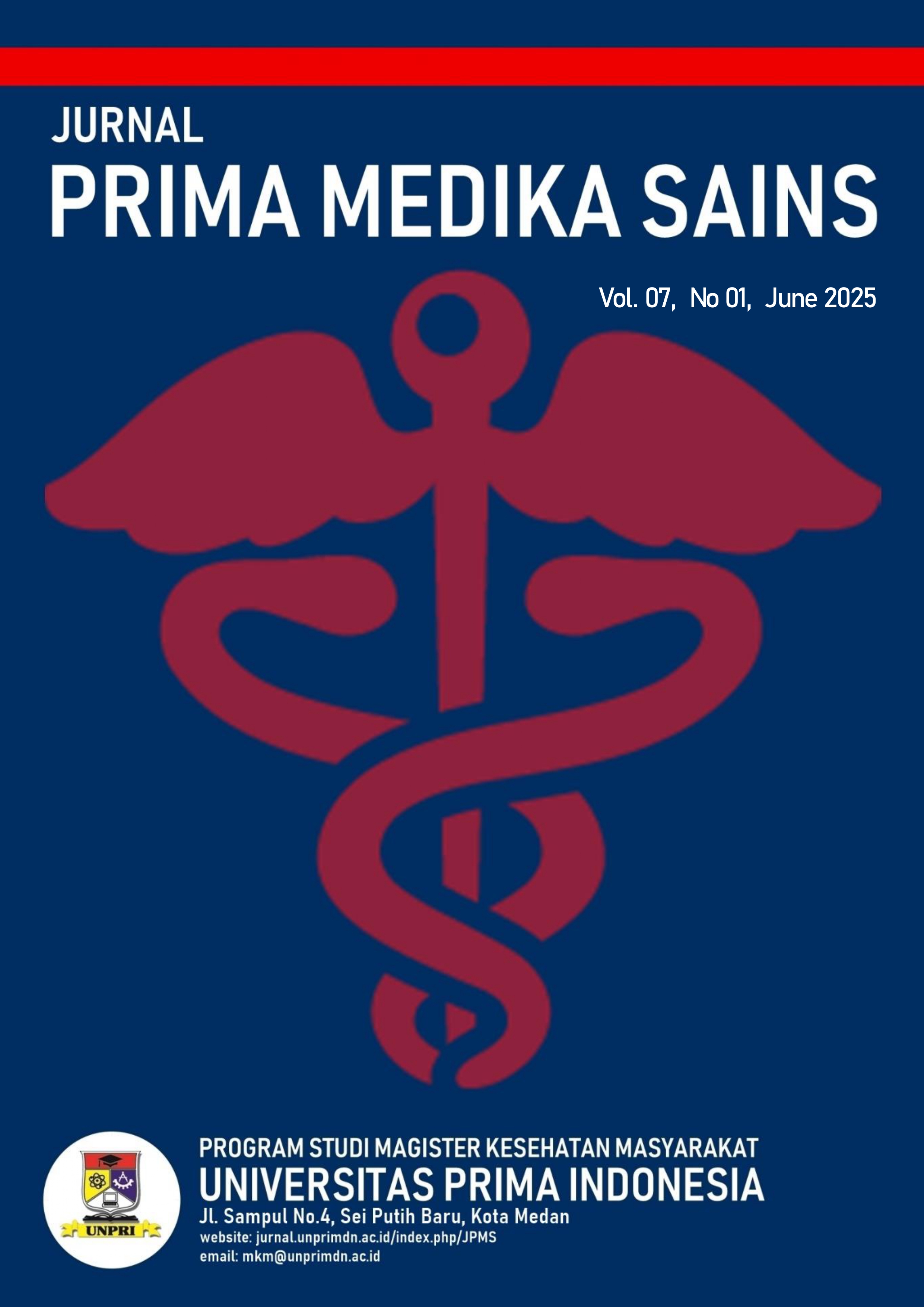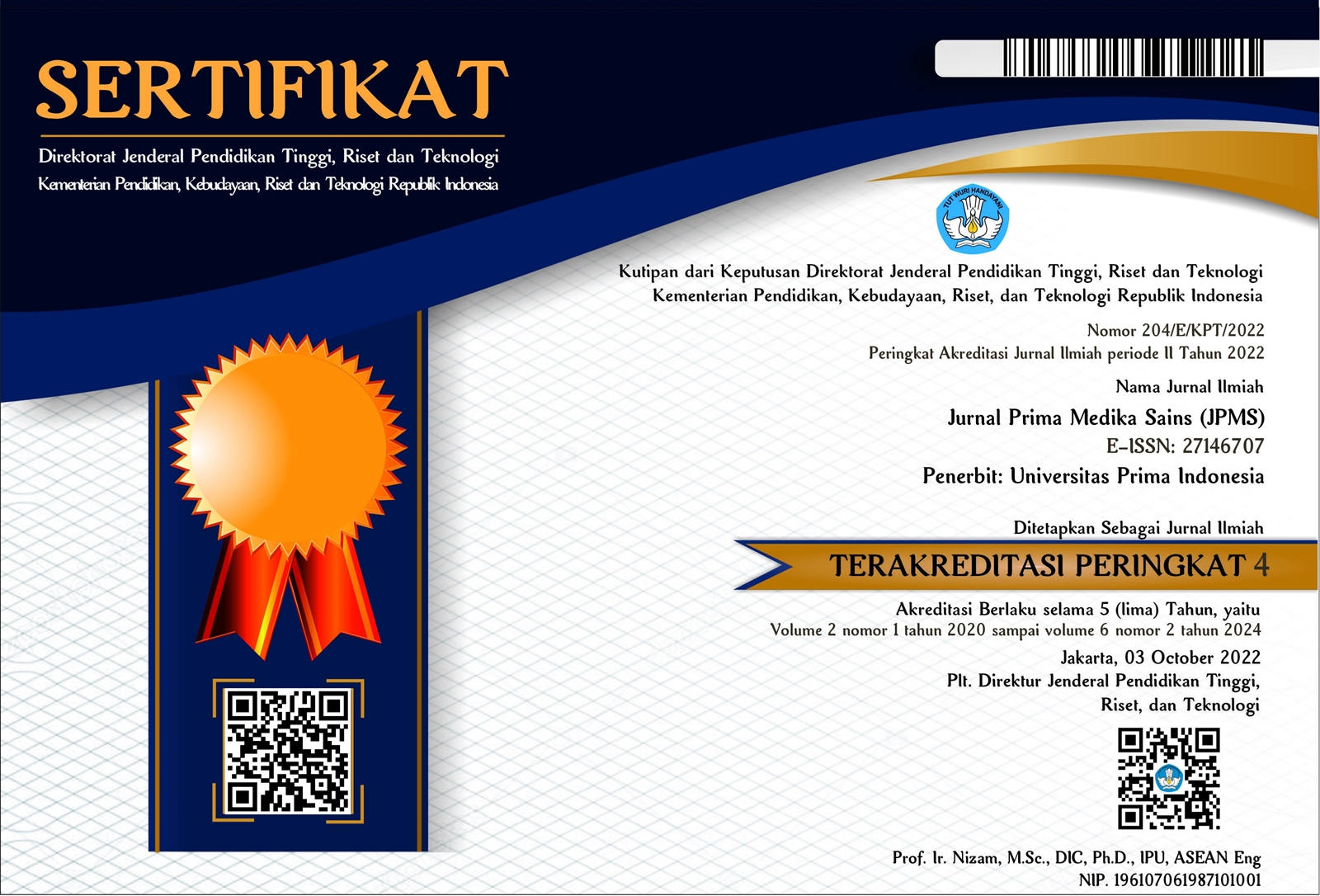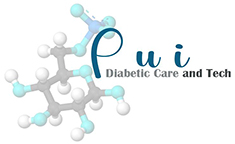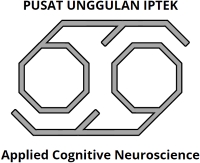Incidental detection of achalasia in a patient with dyspnea
DOI:
https://doi.org/10.34012/jpms.v7i1.6816Keywords:
achalasia, dyspnea, case reportAbstract
Background: The absence of progressive peristalsis in the esophageal body and aberrant relaxation of the LES are two characteristics of achalasia, which is a main motility disease of the esophageal body and lower esophageal sphincter (LES). The most typical signs of achalasia are dysphagia and recurrent regurgitation.
Case report: We report a case of achalasia in a 54-year-old woman with the main complaint of dyspnea. Physical examination did not reveal any abnormalities. Chest x-ray results showed an enlarged upper mediastinal with air fluid level and superposition with the right border of the heart. The results of a chest computed tomography (CT) scan showed a dilated esophagus containing food material with air fluid levels. The patient then underwent an esophagostomy thoracotomy.
Discussion: Primary achalasia is associated with inflammatory degeneration of the inhibitory ganglion cells of the esophageal myenteric plexus and LES. Dysphagia, regurgitation, problems swallowing food, chest pain, heartburn, and weight loss are the most common symptoms. Barium esophagram is the best diagnostic test for achalasia with "Rat Tail" or “bird’s beak” appearance. CT scan examination is not only less invasive and painful, but also has high sensitivity for achalasia. In addition, CT scan are useful for differentiating primary and secondary achalasia and for diagnosing complications of achalasia.
Conclusion: Most cases of achalasia come with dysphagia, but some patients can come with respiratory problems or without complaints. CT scans can help identify achalasia in patients without complaints. Radiological examination plays an important role in detecting achalasia and reducing complications.
Downloads
Published
How to Cite
Issue
Section
License
Copyright (c) 2025 William Leslie, Adi Soekardi, Aziza Ghanie Icksan

This work is licensed under a Creative Commons Attribution 4.0 International License.






